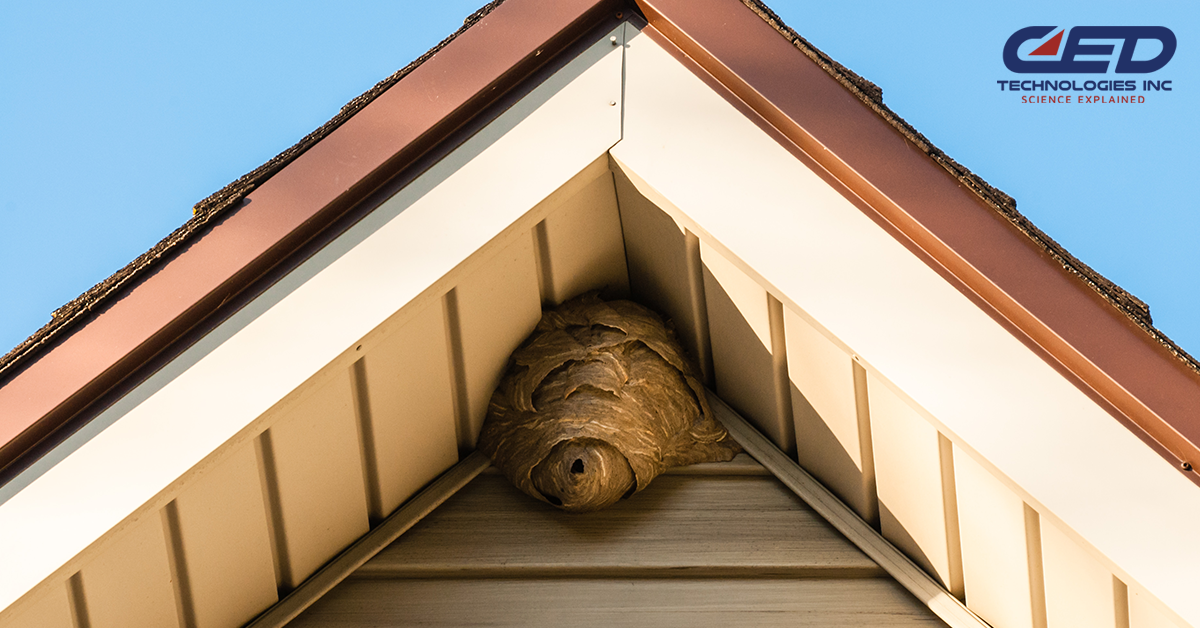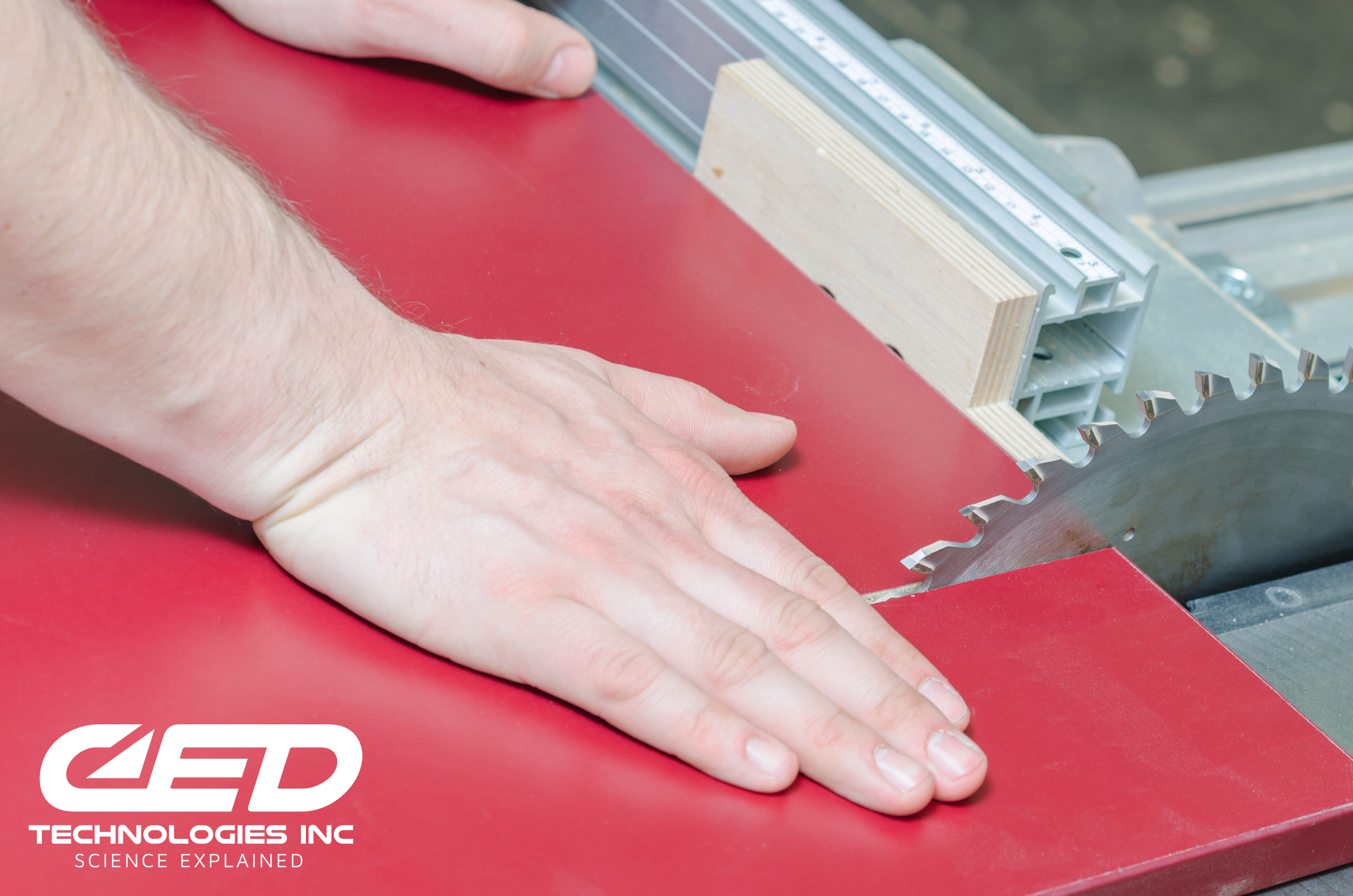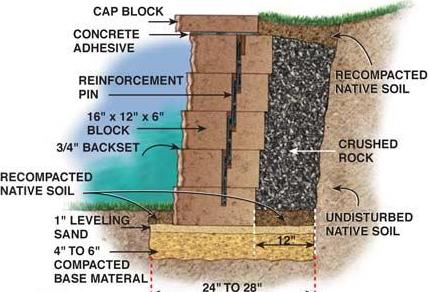Throughout spring and summer, greenery and flowers attract a fair number of flying insects around our property. While we all want pollinators to do their job, they often mistake our homes as a good place to build theirs. Some common flying insect nests can be dangerous to the homeowner as well as the home. This article shares the signs homeowners should investigate for two of the more prevalent nesting insects: paper wasps and carpenter bees.
No one wants to mess with paper wasps, which may look like yellowjackets, but are larger. They have a powerful sting, and some people may be allergic. A paper wasp’s nest is made out of their saliva and a paper-like material that comes from plants or wood, and one nest can house up to 100 wasps. You may see the nests in attics, sheds, on or under decks or railings, or on wooden playscapes. To take precautionary measures, opt for preventive measures before the queen begins building her nest.
- Make sure your home is properly sealed, and all entry points such as windows and doors are secured.
- Have damaged window screens repaired and have missing screens replaced.
- Make sure the attic screens are in place.
- Apply wasp repellant oil to wood surfaces around your property – to fencing, decks, wooden patio furniture and wooden play structures.
Another insect that can be a nuisance to your home more than to your body (the males cannot sting) is a carpenter bee. Similar in looks to the bumblebee, a carpenter bee is less fuzzy in appearance and has a shiny black body. Carpenter bees are solitary bees, and they do not form colonies. They live in nests made by one female who bores into wood, then excavates a tunnel to lay her eggs, all in a cell about the diameter of a nickel.
While a carpenter bee tunnel is only a foot or two in length, they tend to target untreated wood. This means that decks, porches, steps, fences, and porticos are their first choice to begin homebuilding. Even though this bee is a solitary dweller, the issue is that carpenter bees prefer to use existing tunnels, and then expand on them. If this continues for a number of years, the damage can become significant over time. Common places of damage caused by carpenter bees include:
- Porch or balcony railings – if the bees tunnel up under either of these, over time the railing may lose integrity and give way, causing injury.
- Steps – if a bee continually tunnels into or under wooden steps, they could weaken and snap while being walked upon.
- Support beams – while this may be easier to spot before real damage occurs, carpenter bees can bore their tunnels repeatedly into structural supports, causing the beams to weaken and potentially affect the larger structure.
CED engineers can determine structural damage, while a licensed exterminator or bee removal expert can help eradicate or remove the pests. By keeping an eye out for the nests that these pollinators create, and making our homes less hospitable to them, we can send them off safely to do their job elsewhere.
Click Here To See Our Full List of Experts Click Here To Submit an Inquiry about a possible Claim or Case.






